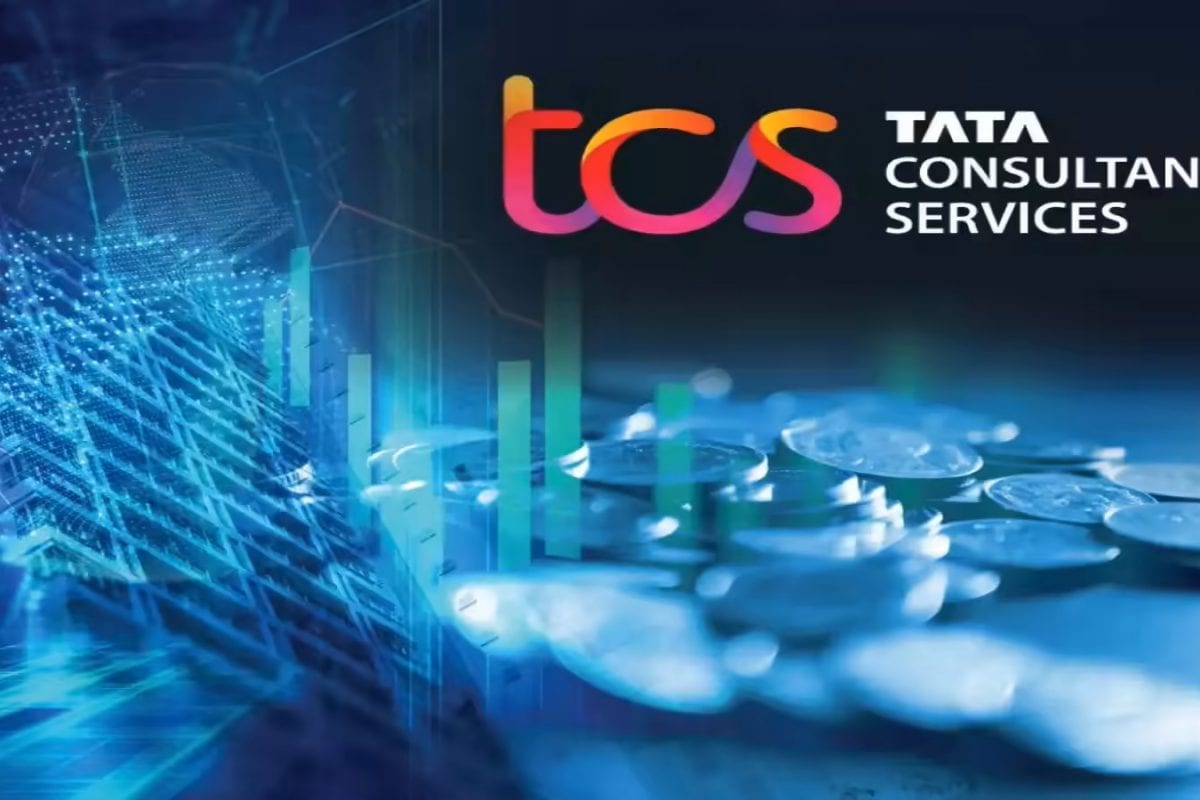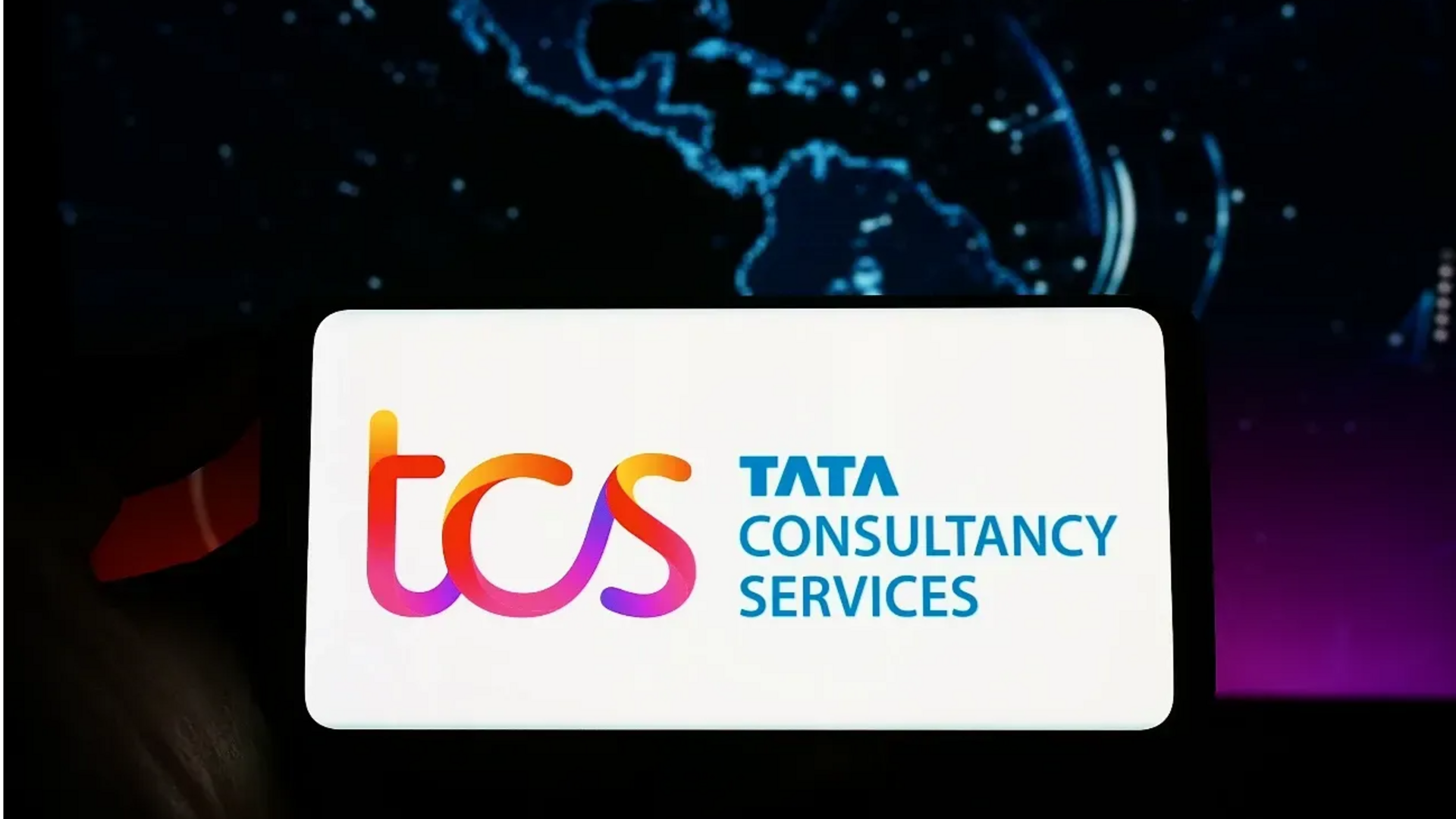Headcount Reduction Details
The reports surrounding TCS's headcount have raised questions, particularly about whether the publicly stated figures accurately reflect the situation.
TCS has reported a decline in its workforce. However, the exact scale and the underlying causes of these reductions require closer scrutiny to gain a comprehensive understanding of the situation. It's crucial to differentiate between voluntary departures, retirements, and actual layoffs to paint an accurate picture of the workforce changes. Analyzing the net changes in employees, considering factors like new hires and attrition rates, could provide better insights. Also, the context of the IT industry's dynamic nature and the ever-evolving skill demands further add complexity to this analysis.
Industry Context and Trends
The IT sector undergoes constant evolution, frequently influencing company workforce changes. The ongoing focus on emerging technologies, automation, and changing client demands have pushed companies to adjust their employee skill sets and overall headcount. Factors such as project timelines, technological upgrades, and industry-specific trends play crucial roles in shaping hiring patterns. Global economic uncertainties, particularly in major markets where TCS operates, can also influence these workforce trends. Understanding the overall IT landscape helps in interpreting TCS's workforce adjustments more effectively. Also, it is important to consider how competition from other IT services providers is influencing decisions around workforce size and structure.
Impact and Implications
Workforce adjustments, like the reported headcount decline at TCS, often have widespread consequences. These include both internal impacts, such as adjustments to employee morale, and external ones, such as changes in project delivery and client relations. Employee morale could be affected, and this can influence productivity and staff retention rates. These changes potentially affect TCS's ability to secure new projects and successfully complete current ones. The market's perception of the company, its financial health, and its long-term growth prospects might also be affected. Furthermore, changes can indicate shifts in business strategy or the adoption of new technologies that require different workforce structures.
Future Outlook
Looking ahead, the strategies TCS employs to manage its workforce will be essential for maintaining its position in the IT sector. This involves continuous adjustments to meet emerging market demands. Investments in employee upskilling and reskilling programs are crucial for ensuring the workforce is equipped with the most current skill sets. Adaptability to changing technology trends and global economic conditions is vital for sustained success. Continuous assessment of staffing levels and the ability to quickly respond to project needs will be very important. By focusing on these areas, TCS aims to preserve its competitive edge.










